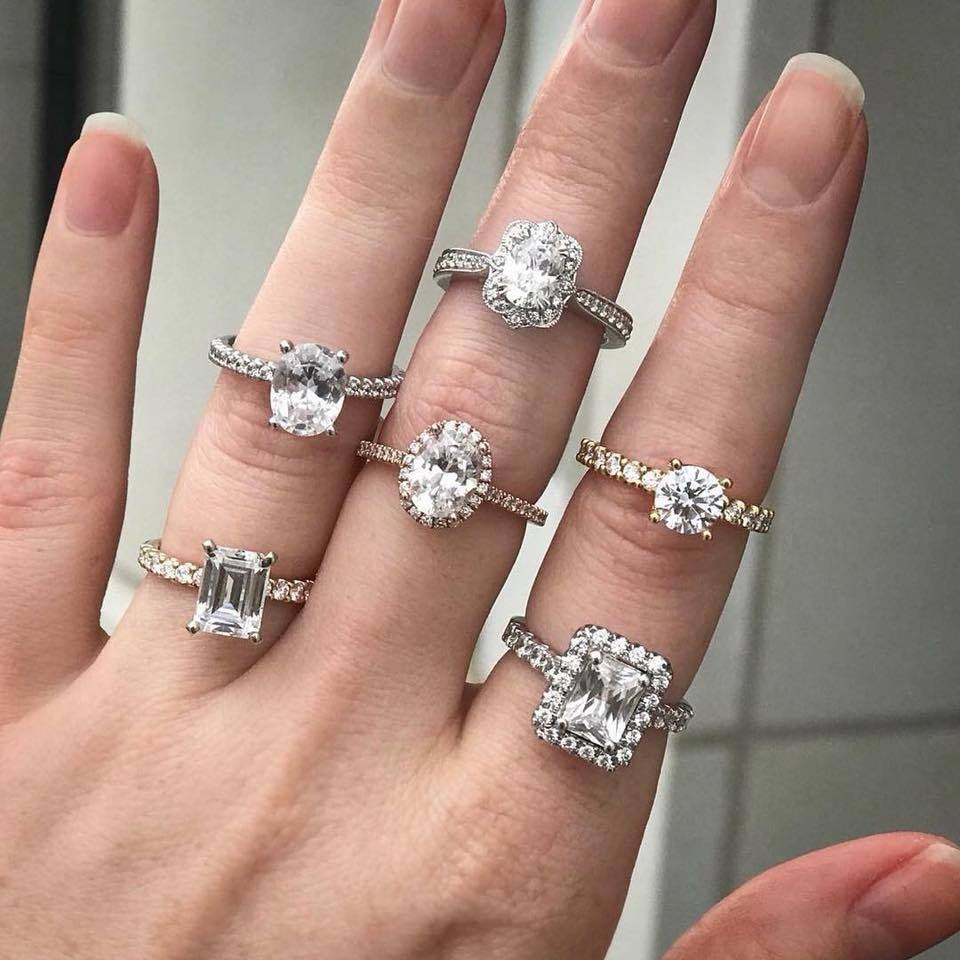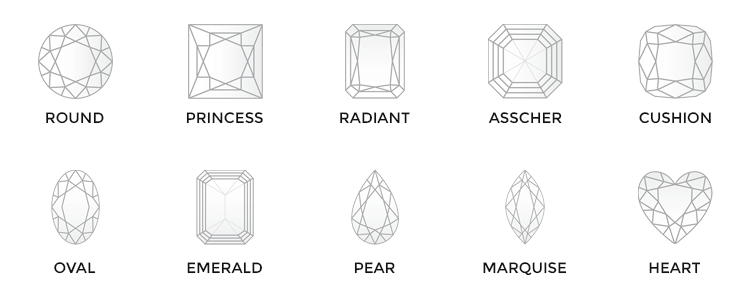Diamond Consulting
Hustedt Jewelers Diamond Consulting
 Quality & Craftsmanship Guaranteed by an Expert Gemologist!
Quality & Craftsmanship Guaranteed by an Expert Gemologist!
Buying diamonds is not an everyday occurrence for most people, but here at Hustedt Jewelers, we do it all the time. We do our best to make sure our customers understand the process and are confident in their purchasing decision by offering one-on-one consultations with our Graduate Gemologist.
At Hustedt, you can trust that - regardless of your budget - you will be getting the highest quality diamond at the most affordable price. That is the Hustedt Value Promise.
We guarantee all of our rings for quality and craftsmanship and every Hustedt diamond is guaranteed to be conflict free.
Diamond Guide
Buying a diamond is a very personal experience. Diamonds can signify love, accomplishment or significant milestones. Different from everyday purchases like clothes or cars, the features of a diamond may not seem obvious. The more you know about your diamond jewelry, the more confident you will feel when making your diamond jewelry choices.
This primer on the 4 Cs will help you begin to understand what you’re looking for when making this important purchase.
Shape
The shape of the diamond is often confused with the cut. The shape of a diamond refers to the outlined shape while looking at the diamonds from directly above. The most common shapes are shown below. Choose the shape that you like based on your style and you cannot go wrong.

Cut
The cut of a diamond determines its brilliance or sparkle. Each shape will be cut differently. Before a diamond is cut, the location of inclusions and flaws, the natural coloration, and the original shape of the rough stone are scrutinized.
The stone facets are then mapped out and cut in a way that maximizes size, shape, and clarity. For optimal light performance, you will want a diamond that is cut neither too shallow nor too deep.

Color
Diamonds are graded based on the amount of color they do or do not possess. The scale runs from D (colorless) to Z (light yellow).
A colorless diamond is rare and therefore very valuable. Diamonds with less color allow more light to pass through the stone, creating more sparkle and brilliance.
Clarity
A diamond is distinguished by its natural characteristics, just as a person would be noted for their blue eyes or brown hair. Notated as a diamond's clarity, these characteristics can be present on the surface (blemishes) or within the stone (inclusions).
The clarity is judged by the number and types of these characteristics and is designated using a scale that runs from Fl, defined as flawless, to I3, defined as inclusions visible with the naked eye. A flawless diamond is truly rare.
Carat Weight
The unit of measure used for the weight of a diamond is the carat. As a matter of reference, a carat is equivalent to .2 grams or .007 ounces. Carat weight can also be divided further by using points.
There are 100 points in one carat. So a 1/4 (.25) carat stone can also be expressed as 25 points and mean the same thing.
When comparing two diamonds, please note that just because one is twice the carat weight of the other does not mean that it will appear to be twice the size.
A 10-carat diamond is roughly the size of a dime.
